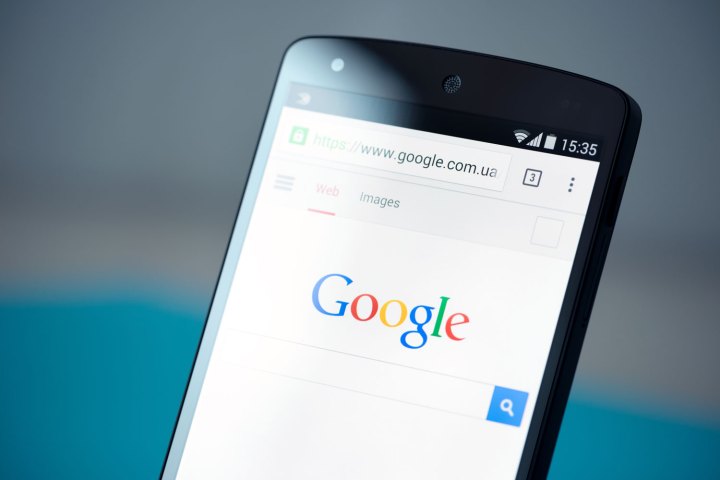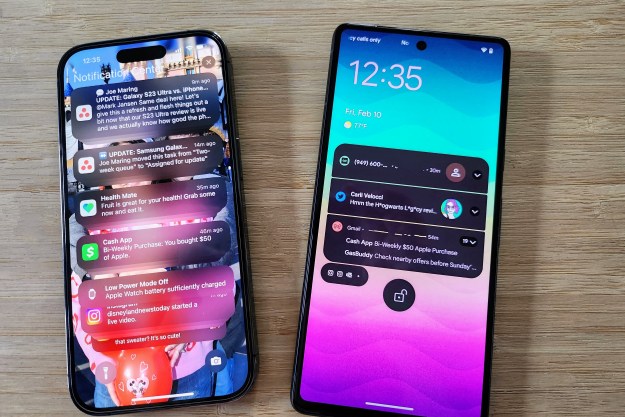
A few of Google Play Games’s lesser-known features have gone away. Starting March 31, 2018, Play Games will no longer supports Gifts, which lets friends send in-game items or other tangible form of assistance to friends; Requests, which let friends reach out for that assistance; and Quests, which tasked players with completing time-restricted challenges.
Google is also retiring iOS support. As the company promised in December, support for Google Play Games on Apple devices like the iPhone, iPad, and iPod Touch is ending. The latest software development kit for Google Play Games (version 2.3 ) no longer supports integration with iOS apps and games, and Google won’t be supporting or updating its iOS game tools going forward.
Google said it’s retiring the features due to their waning popularity. “[After] listening to developer feedback and examining usage, [we’re] focus[ing] on making our offering more useful,” a Google spokesperson said. “These changes allow us to focus our efforts on the services developers value most to build high-quality, engaging games.”
Google’s gaming efforts extend beyond Android. In 2015, the company introduced development tools for Chromecast, its $35 streaming HDMI dongle. And at the Games Developer Conference in March, the company took the wraps off “Playables,” a new HTML5-based ad type that lets developers embed demos in web banner advertisements and elsewhere.
The company has also led an effort to ubiquitize game streaming from mobile devices. In 2015, it added the ability for Android users to beam gameplay on the go using Mobile Capture on YouTube Gaming, a streaming video game platform. Viewers can subscribe to their favorite channels for $4 per month in more than 40 countries in exchange for access to live chats, a special chat badge, and public thanks from the streamer.
Google’s YouTube Gaming follows in the footsteps of Twitch, a live-streaming platform Amazon acquired for $1 billion. Amazon retailer has recently attempted to convert the service’s views to sales by selling games and in-game content alongside streams. Whether Google follows suit remains to be seen.
Editors' Recommendations
- Epic still plans to bring its Games Store to iOS and Android this year
- Google loses landmark antitrust lawsuit against Epic Games
- Netflix games may be coming to TVs soon, as revealed by new iOS app
- The 6 biggest iOS 17 features that Apple stole from Android
- Your iPhone could steal this Pixel Tablet feature when it gets iOS 17


